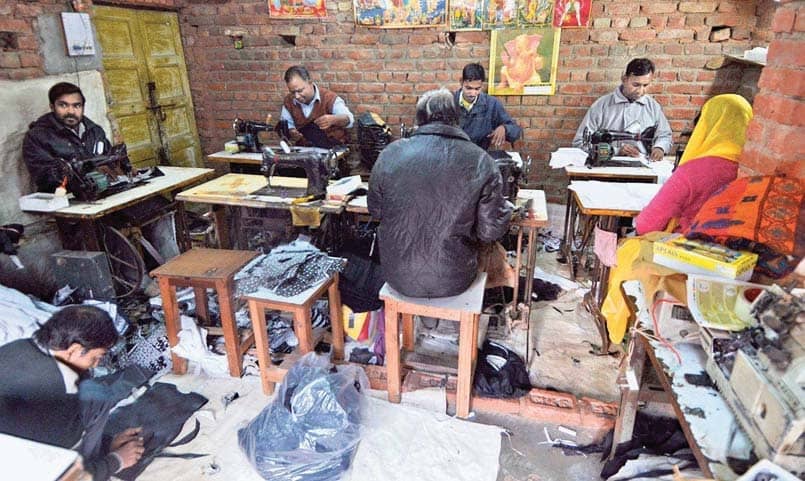
One of the most talked of laws in recent years has been the introduction of the Insolvency and Bankruptcy Code, 2016, which has given stakeholders the power to take a defaulter (company/LLP) to the National Company Law Tribunal (NCLT) by way of application to initiate Corporate Insolvency Resolution Process (CIRP).
The provisions relating to partnership firms and individuals, though part of the Code, are yet to be notified. Stakeholders, for the purposes of the Code, include financial creditors, operational creditors, employee dues, and government.
A default, subject to the condition that there is no dispute, of 1 lakh is adequate to initiate CIRP against defaulters. SMEs that have supplied goods or rendered services to the corporate debtor are classified as operational creditors under the Code.
The objective of the Code is mainly to find a resolution, as a going concern, to the problems of the defaulters and is not intended to the be used as a recovery tool. Having said that, it is not uncommon to see the Code being used to force defaulters to come to the table to start negotiations.
Once CIRP is initiated the balance in power shifts to the creditors, with promoters losing control. Yet, the IBC has not turned out to be an ideal way to recover dues. It is time this is realised.
IBC cases
Based on the information shared on the IBBI website, 2,162 defaulters have been referred to the NCLT up to June 2019 — 1,080 cases have been referred by the operational creditors (49.95 per cent), 868 by financial creditors (40.15 per cent) and 214 by the defaulters themselves (9.90 per cent).
Bu hikaye The Hindu Business Line dergisinin September 06, 2019 sayısından alınmıştır.
Start your 7-day Magzter GOLD free trial to access thousands of curated premium stories, and 9,000+ magazines and newspapers.
Already a subscriber ? Giriş Yap
Bu hikaye The Hindu Business Line dergisinin September 06, 2019 sayısından alınmıştır.
Start your 7-day Magzter GOLD free trial to access thousands of curated premium stories, and 9,000+ magazines and newspapers.
Already a subscriber? Giriş Yap

Covid Presents An Opportunity For India
India must attract investors exiting China post-Covid. Streamlining of project clearances and relaxation in FRBM norms will help

Did Alternative Assets Shield You From Covid-19 Volatility?
The assets closely linked to stock and debt markets could not stave off the losses

How To Put Aircraft To Bed
Preserving grounded planes, to get them up and flying at short notice, is a challenging task. Ashwini Phadnis captures the process

There Can Be No Going Back On WFH
Covid-19 has fast-forwarded the shift to ‘work from home’. However, some face-to-face connect will always be needed

UN, WHO Urged To Ensure ‘Benefit Sharing' Of Covid-Related Data
Biopharma firms should reach vaccines, medicines to poor nations at an affordable price, say civil society bodies

With No Clear Signal From Rlys, States Explore Ways To Bring Back Migrants
Quarantine centres, cross-country buses being arranged even as migrants hop on to boats, trucks and ambulances

Centre Allows All Neighbourhood Shops To Open But With Riders
Final call will be taken by local authorities; shopping complexes that draw fewer ‘outsiders’ are permitted to operate

Covid Impact Relatively Muted In India
Compared to Italy and the US, India’s rate of infection spread has been slow. This can be attributed to the strict measures in place

How Global Trade Will Fare Post-Covid
China isn’t likely to lose its pre-eminent position soon. India, for one, will need to make manufacturing globally competitive

How To Curb Harassment In The Virtual Office
Training and sensitisation are essential. Institute a strict dress code and chat etiquette to ensure professionalism during video calls